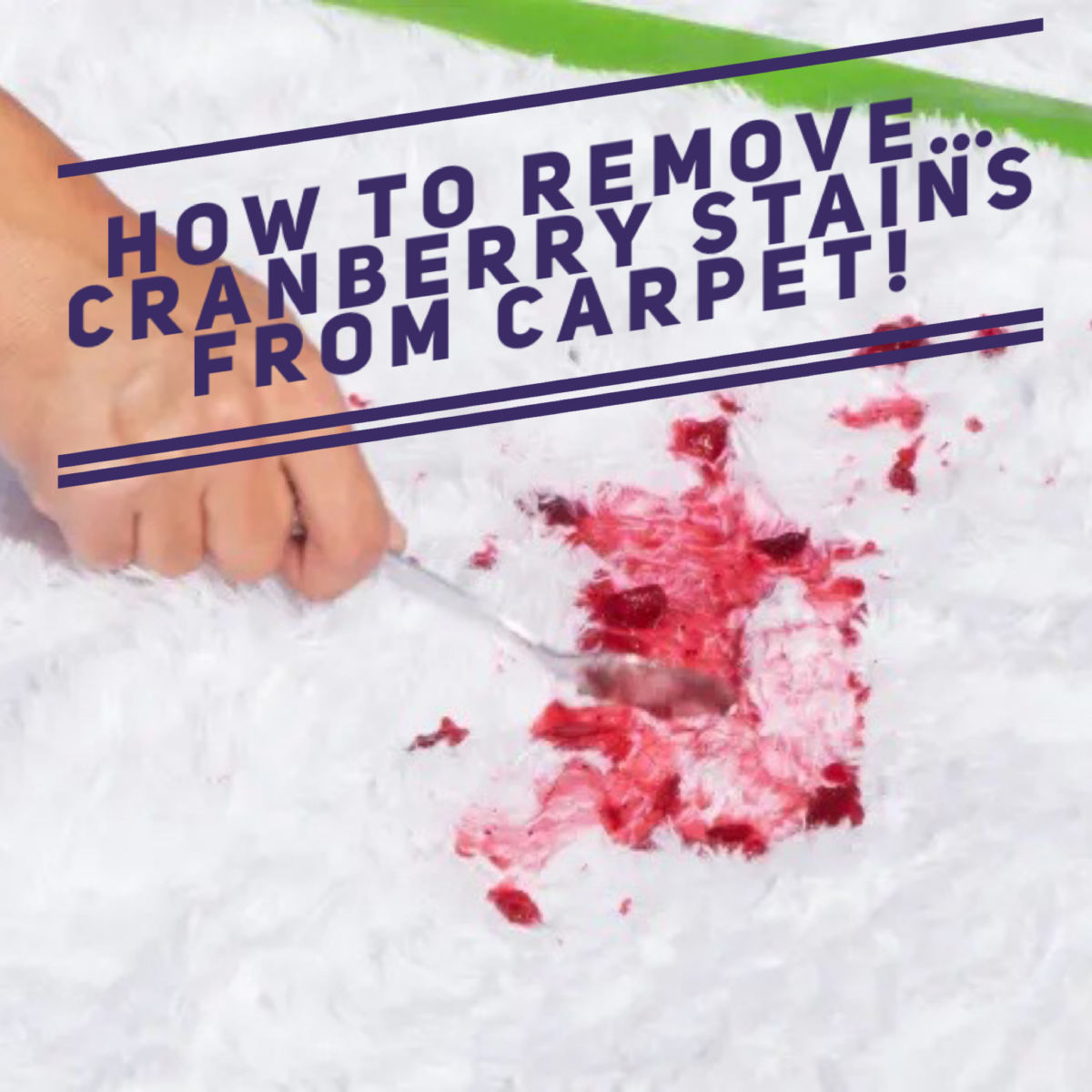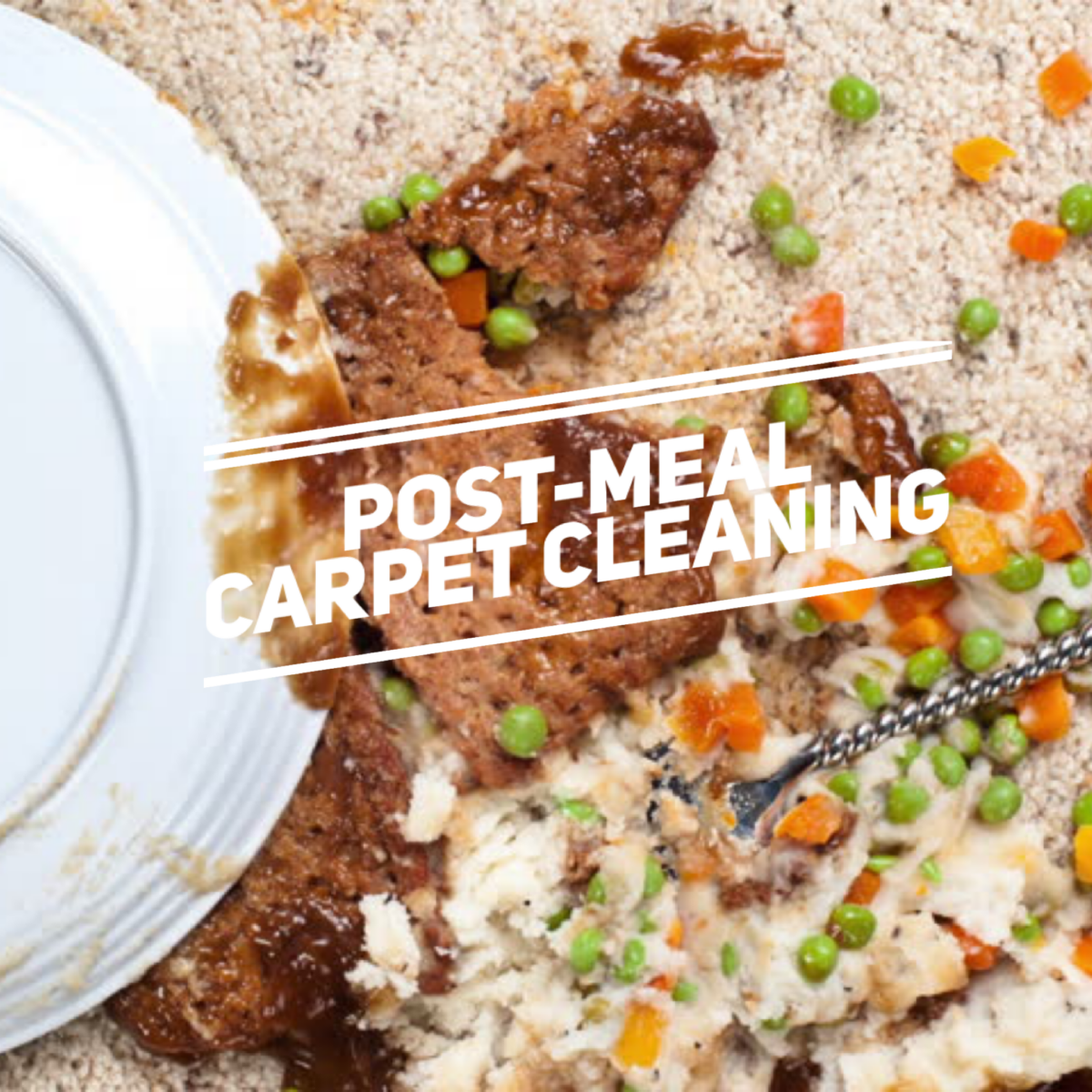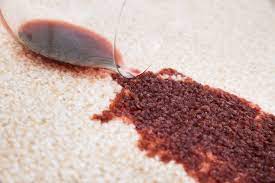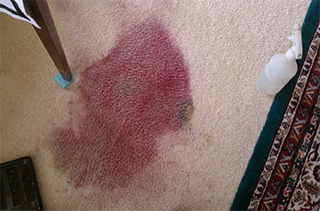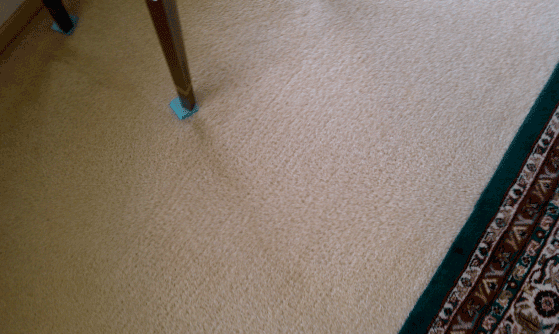Removing Red Stains from Cranberries on you carpet.
Introduction:
As Cranberries are a staple during this season, landing on our tables in various forms from sauces to desserts. However, the vibrant red hue of cranberries can pose a stain removal challenge when accidents happen. Fear not, as this authoritative guide will walk you through a step-by-step process to effectively eliminate red stains from cranberries, from Do It Yourself, to Professional Cleaning – ensuring your festive moments remain spotless. This is all about removing red stains from cranberries from your carpet
Understanding the Culprit:
Cranberries contain pigments called anthocyanins, which are responsible for their rich red color. These pigments have a tendency to bind to fabrics and surfaces, making the stains they leave behind particularly stubborn. The key to successful stain removal lies in acting promptly and using the right techniques.
Act Quickly:
The faster you address a cranberry stain, the better your chances of complete removal. Begin by blotting the stain with a clean, white cloth or paper towel to soak up as much of the liquid as possible. Avoid rubbing the stain, as this can push the pigments deeper into the fabric.
Basic Precautions:
Before attempting any stain removal method, always check the care label on the fabric. Some materials may require special treatment, and using the wrong method could cause further damage. When in doubt, it’s advisable to test any cleaning solution on a small, inconspicuous area first.
#1 Method: Cold Water Rinse
- Rinse the stained area with cold water immediately.
- Gently rub the fabric together to help loosen the stain.
- If the stain persists, move on to the next method.
#2 Method: Vinegar Solution
- Mix one tablespoon of white vinegar with two cups of cold water.
- Blot the stain with the vinegar solution using a clean cloth.
- Rinse the area with cold water to remove the vinegar smell.
#3 Method: Liquid Dish Soap
- Apply a small amount of liquid dish soap directly to the stain.
- Gently rub the fabric together to work the soap into the stain.
- Rinse thoroughly with cold water.
#3 Method: Liquid Dish Soap
- Apply a small amount of liquid dish soap directly to the stain.
- Gently rub the fabric together to work the soap into the stain.
- Rinse thoroughly with cold water.
#4 Method: Hydrogen Peroxide
- Mix one part hydrogen peroxide with two parts cold water.
- Dab the stain with the hydrogen peroxide solution.
- Rinse the area with cold water.
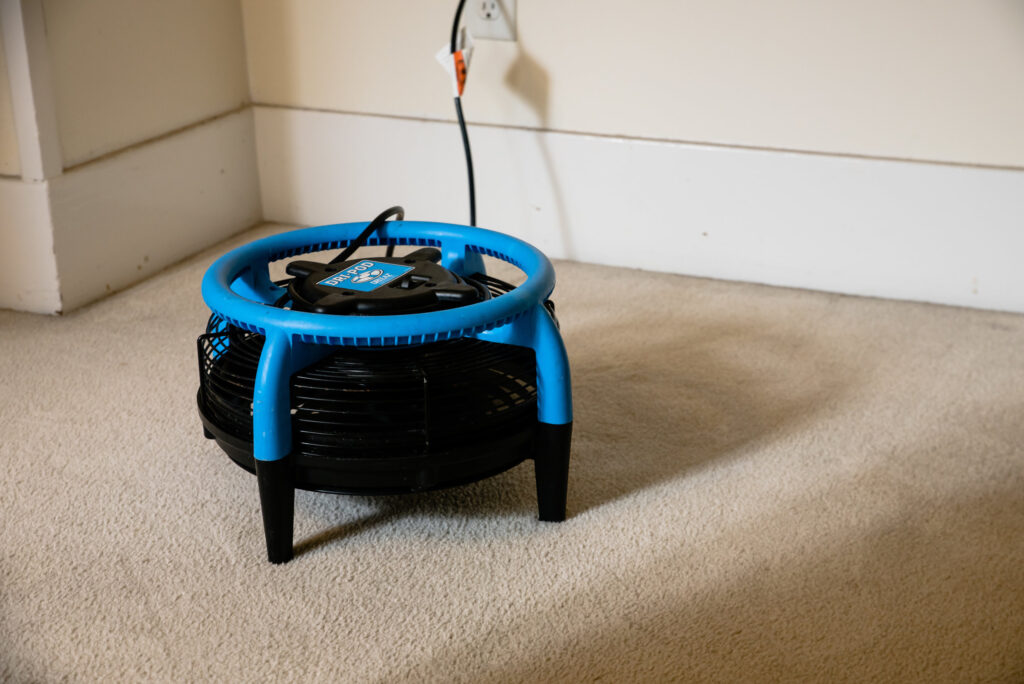
Carpet Cleaning – Cleaner Longer Package
Featuring:

FREE Rapid Drying with DrySteem™ Steam-Rinse & Extraction
#5 Method: Commercial Stain Removers
- Follow the instructions on a commercial stain remover designed for fruit or berry stains.
- Test the product on a small area first to ensure compatibility.
Final Tips:
- Launder the stained item as usual after stain removal.
- Avoid using hot water, as it can set the stain.
- Check the stain before placing the item in the dryer; if it persists, repeat the stain removal process.
How the Professionals at Benchmark remove Cranberry Stains.
Dealing with cranberry stains, with their vibrant red pigments, can be particularly challenging to remove, especially when dealing with delicate fabrics or surfaces. It truly is a better choice to have a professional stain removal, experts employ a combination of advanced techniques and industry-grade products to ensure successful outcomes. In this authoritative guide, we delve into the secrets of professionals, offering insights into how they effectively eliminate cranberry stains.


10 Reasons to consider having a professional removing red stains from cranberries on your carpet.
- Immediate Action is Paramount: Benchmark professionals recommend the importance of acting swiftly when confronted with a cranberry stain. Time is of the essence, as allowing the stain to set can significantly complicate the removal process.
- Blot, Don’t Rub: The first rule in professional stain removal is to blot the stain gently. This helps absorb excess liquid without pushing the stain deeper into the fabric or surface. The use of clean, white cloths or paper towels is standard practice.
- Advanced Pretreatment Solutions: The professionals at Benchmark often rely on specialized pretreatment solutions designed to break down and lift cranberry stains effectively. These solutions are tailored to different fabric types and are meticulously tested to ensure they provide optimal results without causing damage.
Benchmark only uses BioCare Planet Safe Cleaning Solutions
- Enzymatic Stain Removers: Enzymatic stain removers are a staple in the professional’s toolkit. These products contain enzymes that target and break down the specific proteins found in cranberry stains. This method is particularly effective on fabrics and carpets.
- Steam Cleaning: For larger or deeply embedded stains, professionals often turn to steam cleaning. This method utilizes high-temperature steam to penetrate fibers and lift stubborn stains. It is crucial, however, to ensure that the fabric or surface can withstand steam cleaning without damage.
- Professional-Grade Extraction Machines: In commercial settings, professionals use extraction machines that combine the power of steam with vacuum extraction. This not only removes the stain but also extracts excess moisture, reducing the risk of water damage.
- Oxidation: Professionals may use oxidizing agents, such as hydrogen peroxide, to break down the pigments in cranberry stains. Careful application and monitoring are key to preventing damage to colored fabrics.
- pH-Balanced Approaches: Maintaining the pH balance of the cleaning solution is critical. Professionals choose solutions that are neither too acidic nor too alkaline to prevent further damage to the material.
- Post-Treatment Inspection: After the stain removal process, professionals meticulously inspect the treated area to ensure the stain is completely gone. Any residual cleaning agents are rinsed away to prevent damage and discoloration over time.
- Professional Expertise: Above all, professionals bring their expertise and experience to the table. They understand the intricacies of different fabrics and stains, allowing them to tailor their approach for the best results.
Conclusion:
Professionals at Benchmark Restoration & Cleaning excel in removing cranberry stains due to their arsenal of advanced techniques, specialized products, and a deep understanding of the intricacies involved. While not every household may have access to commercial-grade equipment, adopting some of these principles can significantly enhance your chances of success in eliminating cranberry stains effectively.

